Encouraging Virality in Your Content
Creating engaging and shareable learning content is a crucial challenge for educators and trainers who want to maximize the impact of their programs. With the rise of AI, digital media, and social networks, it's become increasingly important to create content that not only delivers value to learners but also has the potential to go viral and reach a wider audience.
In this blog post, we'll explore the concept of virality in learning content and provide tips for creating content with a higher virality quotient, whether it's ahead-of-time or just-in-time learning models.
It's essential to understand what virality means in the context of learning content. Virality refers to the phenomenon of educational materials becoming widely shared and talked about among learners. This can happen through various channels, such as social media, word-of-mouth, or recommendation algorithms.
When a piece of learning content goes viral, it typically reaches a much larger audience than it would through traditional means of promotion. This can have several benefits for both the learners and the creators of the content. For learners, viral content can provide access to valuable educational resources they might not have otherwise discovered. For creators, virality can increase visibility, credibility, and reuse.
So, how can we create learning content with a higher virality quotient? Here are five tips to consider:
Make the content easy to share: To increase the chances of your learning content going viral, you should make it easy for learners to share it with others. Include social media sharing buttons, embeddable links, or other features allowing learners to distribute your content across different platforms easily. Doing this increases the chances of your content being shared, making it more accessible for learners.
Create content that resonates with your audience: To increase the chances of your content going viral, creating content that resonates with your target audience is important. Identify your learners' needs, interests, and pain points and create content that addresses these topics uniquely and engagingly. Whether ahead-of-time or just-in-time content, understanding the learner's needs and preferences is vital to creating content that delivers value. You need to focus less on testing and quizzes and more on readability, reuse, and quick time to value for the content.
Use storytelling to make the content memorable: Storytelling is a powerful tool for making your learning content more memorable and shareable. Incorporate anecdotes, real-life examples, or case studies that illustrate your main points and help learners connect emotionally with your content. Doing this creates an emotional connection with your learners, making them more likely to remember and share with others.
Optimize your content for mobile: With more and more learners accessing content on their mobile devices, it's important to optimize your learning content for mobile viewing. Ensure your content is responsive, loads quickly, and easily navigates on smaller screens. Doing this makes it easier for learners to access and share your content on the go.
Leverage user-generated content: User-generated content, such as reviews, comments, or testimonials, can be a powerful way to increase the virality of your learning content. Encourage learners to share their experiences with your content and provide feedback that you can use to improve your content and make it more shareable. Doing this creates a community of learners who are invested in your content and willing to share it with others.
If you want your content to be shared widely, it's important to know your audience well. Make sure your content is easy to share, tells a good story, looks good on mobile devices, and includes content created by your audience. Doing these things will increase your chances of creating viral content that lots of people will see.
